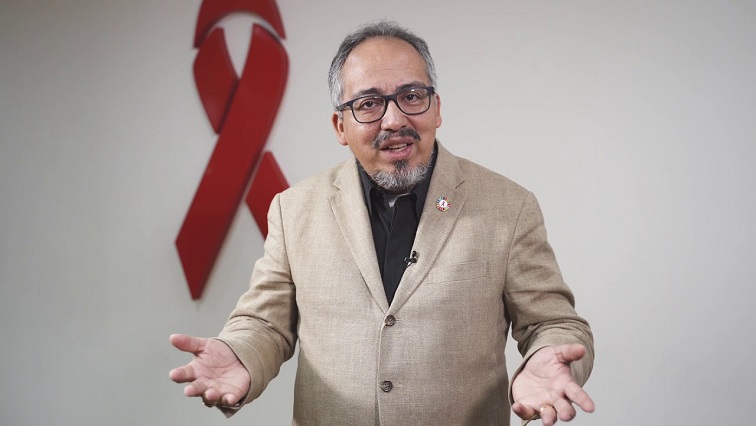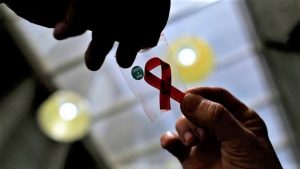Inequality is blocking the end of the HIV/AIDS pandemic, and current trends indicate that the world will fail to meet agreed-upon global targets of eradicating the virus by 2030. That’s according to UNAIDS’ analysis ahead of World Aids Day on Thursday.
Their latest report titled “Dangerous Inequalities” seeks to highlight the urgent actions required to tackle inequalities in order to get the AIDS response back on track.
UNAIDS warns that, with rising infections and deaths in many parts of the world, the global Aids response is now in jeopardy.
This report warns that declines in new HIV infections and AIDS-related deaths have notably slowed with new infections on the up while resources are inadequate to end AIDS as a public health threat by 2030.
“In it, we called the world’s attention to a painful reality. Currently, we are not on track to end AIDS by 2030. And the reason is inequalities. But there is good news. By equalizing, we can and AIDS. Today’s report highlights how inequalities are merely harmful to individuals. They are impeding progress against AIDS, reducing the returns on HIV investments, and putting millions of people in danger. So the report is a call for action,” says the Director of UNAIDS, Dr César Núñez.
The Dangerous Inequalities report unpacks the impact that gender inequalities, inequalities faced by key populations and inequalities even between children and adults have on the AIDS response. It argues that discrimination against and stigmatization and criminalization of key populations is costing lives and preventing the world from achieving agreed targets.
The report says that, while HIV incidence has declined since 2010 in key regions of Africa. It found no conclusive decline among men who have sex with men.
In 2021 some 800 000 children living with HIV were still not on life-saving treatment while gender inequalities remain a key driver of the AIDS pandemic with adolescent girls and young women in sub-Saharan Africa three times more likely to acquire HIV than their male counterparts.
While key populations, for example, sex workers, men who have sex with men, transgender people, people who inject drugs and incarcerated persons – must be at the centre of the HIV-AIDS response.
Equalising access to rights to services, resources and the best science and medicine is seen as key to ending HIV-AIDS.
VIDEO: Inequalities are blocking the end of the AIDS pandemic






